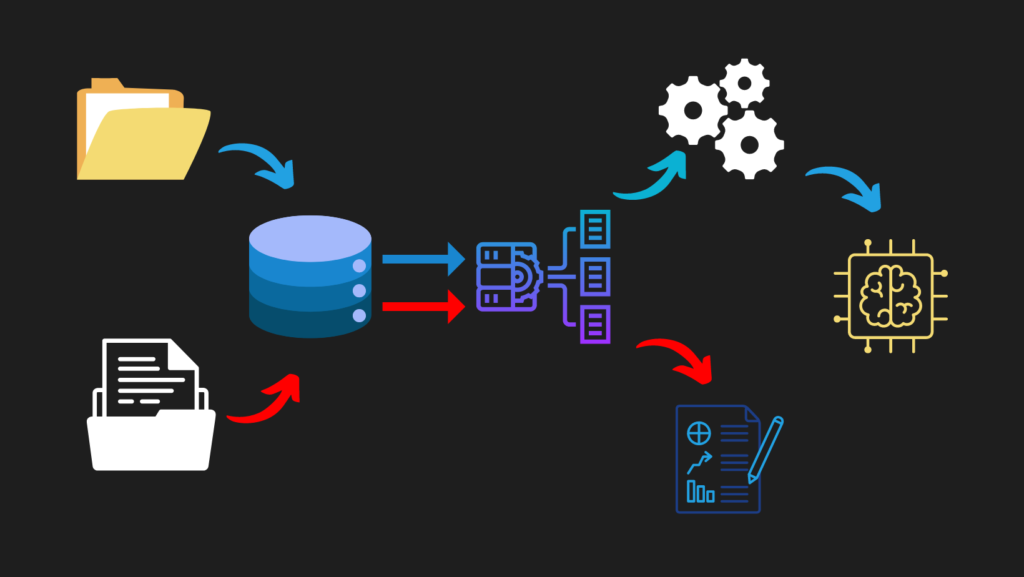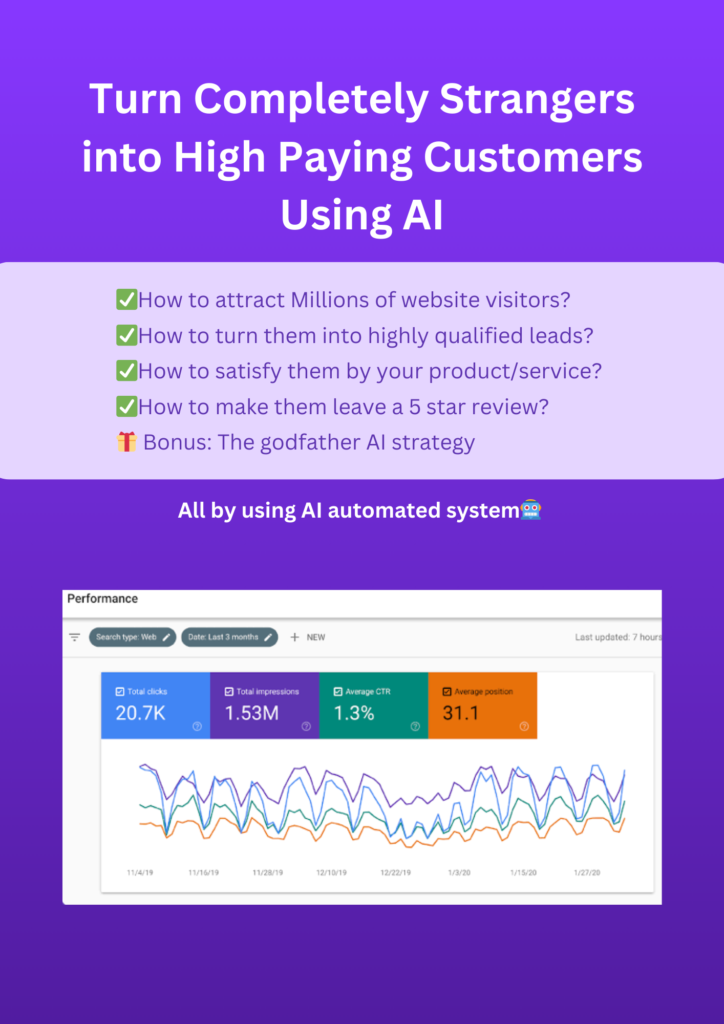Introduction

In the era of sophisticated AI language models like LLM (Large Language Models), prompt engineering has become super important.
But here’s the thing – with great power comes great risk.
There’s this sneaky thing called “prompt injection attack against llm-integrated applications” that can mess things up big time.
This article delves into the nature of prompt injection attack against llm-integrated applications, what these attacks are, all the different types, and why they’re a big deal.
Moreover, it presents a comprehensive set of mitigation strategies to safeguard LLM-integrated applications from these attacks.
What is Prompt Injection Attack Against LLM-integrated Applications?

Prompt injection attack is an adversarial technique that exploits the design of large language models (LLMs) and their integration into applications.
Prompt injection attack against llm-integrated applications is like a sneaky move that take advantage of how those big language models work and fit into different apps.
When an application uses LLM responses without proper validation, it becomes vulnerable to prompt injection.
Attackers can make tricky, malicious or manipulative prompts that get the model to say harmful, not-so-nice stuff.
The big deal with prompt injection is that it happens a lot in different LLM-powered applications – think chatbots, search engines, and even code generators.
To pull off these attacks, a troublemaker might create prompts that give bad instructions, mess with the model’s thinking, or even slip in some nasty code into the app’s responses.
These attacks can result in severe consequences, such as spreading misinformation, generating toxic or offensive content, or compromising the security of the application.
And the result? It could be spreading false info, generating mean or inappropriate content, or messing with the app’s security. Not a good scene, right?
Types of Prompt Injection Attack Against LLM-integrated Applications

Now let’s dive a little bit deeper to discuss how many types of prompt injection attack against llm-integrated applications are.
A. Malicious Prompt Injection
- Inserting Malicious Code or Commands: Attackers can inject malicious code or commands into the user prompt by taking advantage of the fact that the input isn’t checked properly. This lets them bypass all the security measures and do whatever they want with the system – like breaking in without permission, swiping data, or causing chaos.
- Exploiting Lack of Input Validation and Sanitization: When the system doesn’t properly double-check and clean up the user’s input, it’s like an open invitation for trouble. Attackers can mess with what users type, throwing in bad characters or tricks that mess with how the language model acts. The result? Nasty content, data leaks, or services going haywire.
B. Prompt Poisoning
- Manipulating Training Data: Prompt poisoning involves manipulating the training data used to develop the LLM. Attacker throw in certain phrases or patterns to make the model give the responses they want. This trick can make the language model say stuff that’s not true, biased, or downright mean, messing up how reliable it is.
- Inserting Specific Phrases or Patterns: Attackers can craft prompts that contain specific phrases or patterns that trigger predetermined responses from the LLM. This can lead to the model spitting out offensive or harmful stuff, spreading lies or propaganda, and basically messing with what people think.
Impacts of Prompt Injection Attack Against LLM-integrated Applications

A. Security Breaches and Data Exfiltration
- Gaining Unauthorized Access to Sensitive Information: Prompt injection attack against llm-integrated applications can provide attackers with unauthorized access to sensitive information stored in the LLM or connected systems. This includes confidential user data, financial records, or intellectual property, leading to severe privacy breaches and financial losses.
- Stealing User Credentials, Financial Data, or Personal Information: Using prompt injection tricks, attackers can fool folks into giving up their login info, credit card numbers, or other personal details. This can lead to identity theft, fraudulent transactions, and financial exploitation.
B. Malicious Output Generation
- Generating Harmful or Offensive Content: When prompt injection attack against llm-integrated applications happen, they can create not-so-nice content like hate speech or false info. This can really mess with how people feel and even cause problems in our communities, like making folks feel divided or sparking violence.
- Spreading Misinformation or Propaganda: With prompt injection tricks, attackers can spread lies or try to make people believe certain things. This can have far-reaching implications, including the manipulation of elections, the spread of anti-vaccine sentiment, and the erosion of democratic values.
C. Disruption of Services
- Making Apps Go Crazy or Shut Down: When prompt injection attacks strike, they can make apps that use the big language models crash or go haywire. This happens when the attackers send in messed-up or bad inputs that the apps just can’t handle. Think search engines going down or customer support bots acting up – not great for business and can really mess with a company’s reputation.
- Messing with Search Results or Recommendations: Bad actors can mess with what you see on search engines or in recommendation systems. They do this by injecting prompts that push specific stuff, like certain content or products. This can mess up what you find online, making it biased or not true, and it might even make you buy things you wouldn’t normally.
Mitigating Prompt Injection Attack Against LLM-integrated Applications

A. Input Validation and Sanitization
- Building Strong Defenses: It’s crucial for developers to create strong defenses by checking and cleaning up user inputs before letting the language model process them. This means getting rid of any sneaky characters, tricky patterns, or shady words that could cause trouble.
- Using Smart Filters: When checking and cleaning up user inputs, it’s smart to pay attention to what’s going on around the text. Smart filters that understand the context can spot and block inputs that don’t fit the normal way people use the system.
B. Contextual Analysis
- Analyzing Prompt Context: Apps using the big language models should look closely at what users are asking to catch anything strange or suspicious. They can use fancy techniques like natural language processing (NLP) – things like checking the tone and topic.
- Identifying Deviating Prompts: If the requests from users look way different than what’s normal or seem like they’re up to no good, the app should say no. This stops it from giving out answers that could be harmful or not okay.
C. Model Training and Fine-tuning:
- Training with Diverse Data: Language models should be trained on diverse and representative data to reduce their susceptibility to prompt injection attacks. This means showing them all sorts of prompts, even the tricky or bad ones.
- Fine-tuning Models for Specific Tasks: If we tweak language models to get really good at specific tasks, it helps protect them from attacks. So, by fine-tuning the model for a particular job or use, it gets better at handling unexpected or sneaky inputs.
Examples of Prompt Injection Attack Against LLM-integrated Applications
Malicious Code Injection: Attacker prompts the chatbot-based customer service to execute arbitrary code on the company’s backend systems. The chatbot, being unable to differentiate between genuine and malicious code, executes the injected code, leading to sensitive data exfiltration or system compromise.
Phishing Attacks: Attacker creates a chatbot that impersonates a legitimate organization and prompts it to send phishing emails to targets. The chatbot, unaware of the malicious intent, constructs and sends emails containing malicious links or attachments, leading to credential theft or malware installation.
Information Leakage: Attacker prompts the chatbot to reveal confidential company information, such as financial data, customer records, or trade secrets. The chatbot, lacking proper access controls, provides the requested information, leading to data breaches and reputational damage.
Final Thoughts
Alright, here’s the lowdown – messing with AI language models through prompt injection attacks is a real headache.
It’s like giving the keys to your house to a sneaky neighbor who can cause chaos.
We covered the different types of attacks, from slipping in nasty code to poisoning the model’s brain with bad training data.
Now, why does it matter? Picture this: personal info getting swiped, apps going bonkers, and people being fed lies.
Not a good scene, right? But fear not!
There are ways to fight back – developers can build strong defenses, pay attention to what users are saying, and train these language models to be more street-smart.
So, in a nutshell, it’s all about staying one step ahead of those troublemakers and making sure our AI buddies work for us, not against us. Stay sharp, stay secure!

